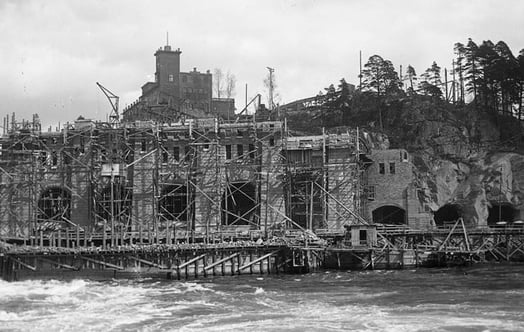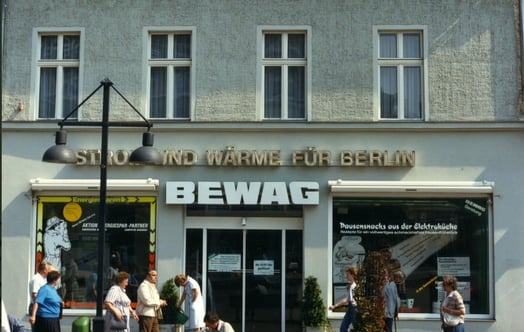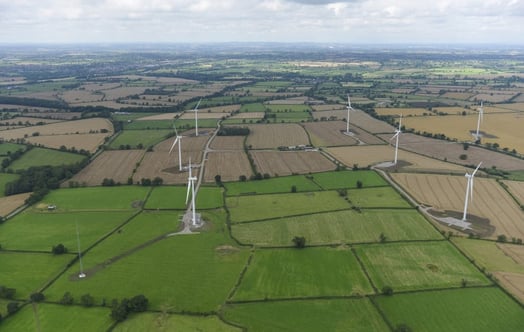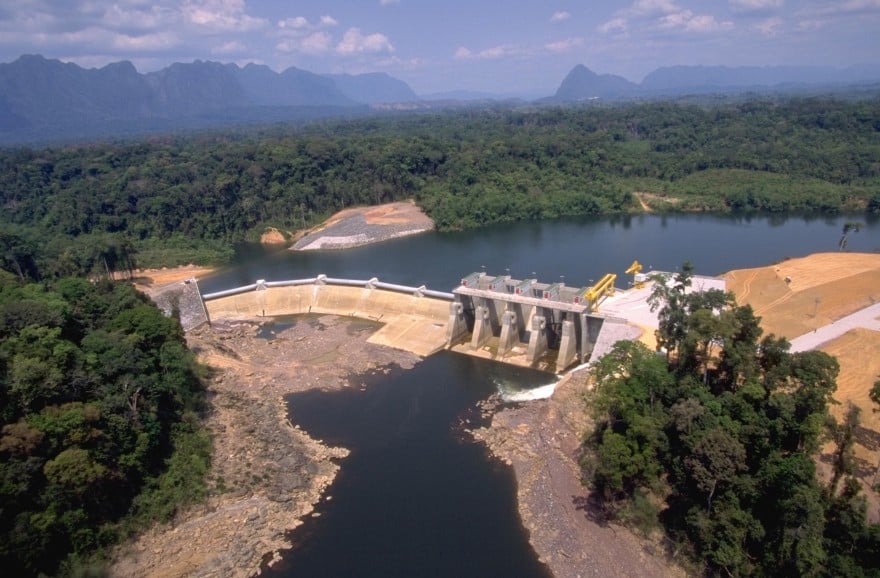
First steps abroad
The 1990s saw drastic changes within the electricity industry. Internationalisation became a buzzword, but it would take a long time for Vattenfall to achieve a breakthrough in its efforts to establish business operations outside Sweden.
By the early 1990s, much had changed in Vattenfall's world. Demand for electricity in Sweden had levelled off since the mid-1980s and the projected start to nuclear decommissioning in 1995 was shelved as a result of the tripartite agreement in 1991. New production facilities, therefore, did not need to be built in the country during the 1990s. Eastern Europe had been opened up when the Berlin Wall fell and EU was pushing for deregulation of the electricity market. This created new business opportunities. What strategy would the company now choose in order to grow? The conclusion was to focus on internationalisation. But how would it go?
In 1991, Vattenfall set itself the objective of having at least SEK 10 billion in turnover outside Sweden before the end of the century. This would be a significant increase, as total turnover was SEK 22 billion. Director General Carl-Erik Nyquist suggested that Vattenfall would have 'a strong position among the leading energy companies in Europe.'
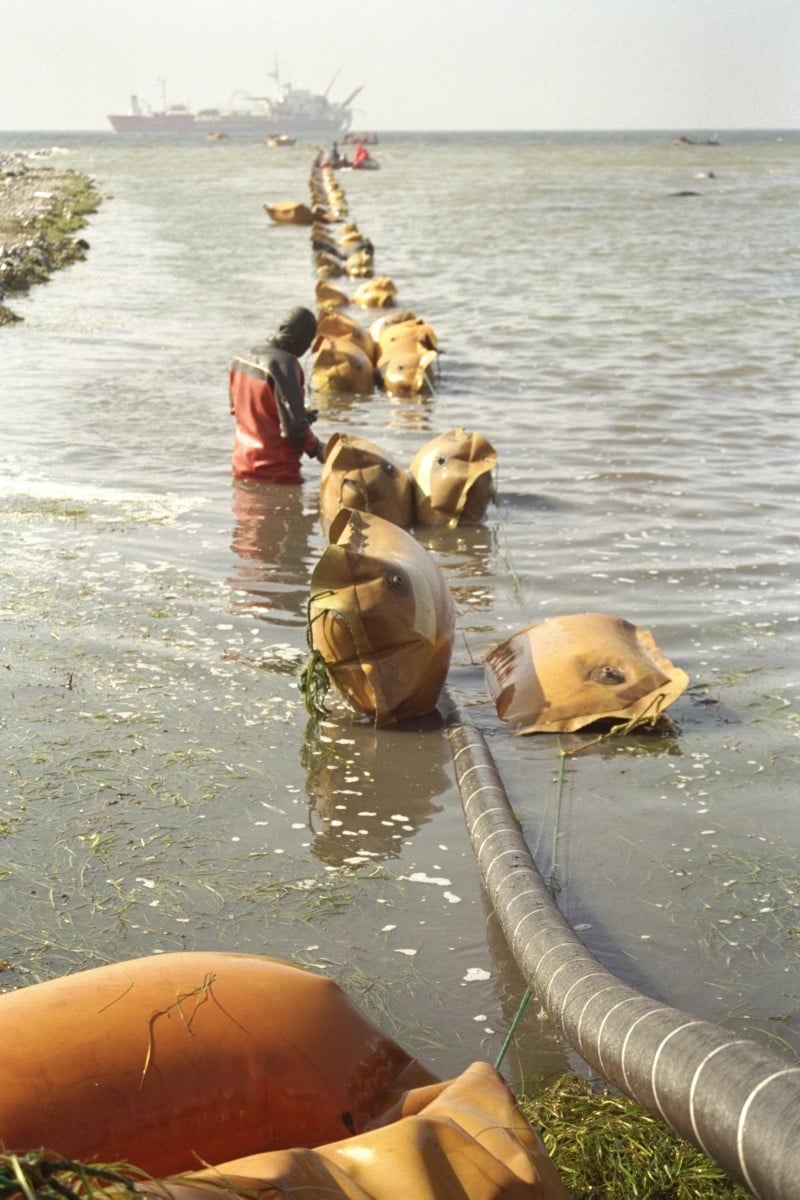
The Baltic Cable between Sweden and Germany. Year: 1994 | Place: The coast of Skåne, Sweden | Creator: Hans Blomberg | ID: VF000535
A number of different activities were launched on different markets. The approach was initially characterised by attempts to establish collaborations with various power companies for the purchase and sale of electricity. The stake in the Baltic Cable between Sweden and Germany, which was put into operation in 1994, opened up such opportunities. But acquisition of production facilities or energy companies was also on the agenda.
During the first half of the 1990s, Vattenfall, along with the Finnish power company IVO (predecessor to Fortum), canvassed the Baltic countries. But progress was slow, and the privatisation that was a prerequisite for buying into energy companies was postponed time and again. The competition that resulted from deregulation also made it difficult to cooperate with other companies. The partnership with IVO was therefore dissolved in 1995 and Vattenfall tried to go it alone. But there was never any substantial business, and investment in the Baltic countries ceased.

Office building of the Finnish distribution company, purchased by Vattenfall in 1994. Year: 1998 | Place: Finland | Creator: Hans Blomberg | ID: VF000536
Finnish breakthrough
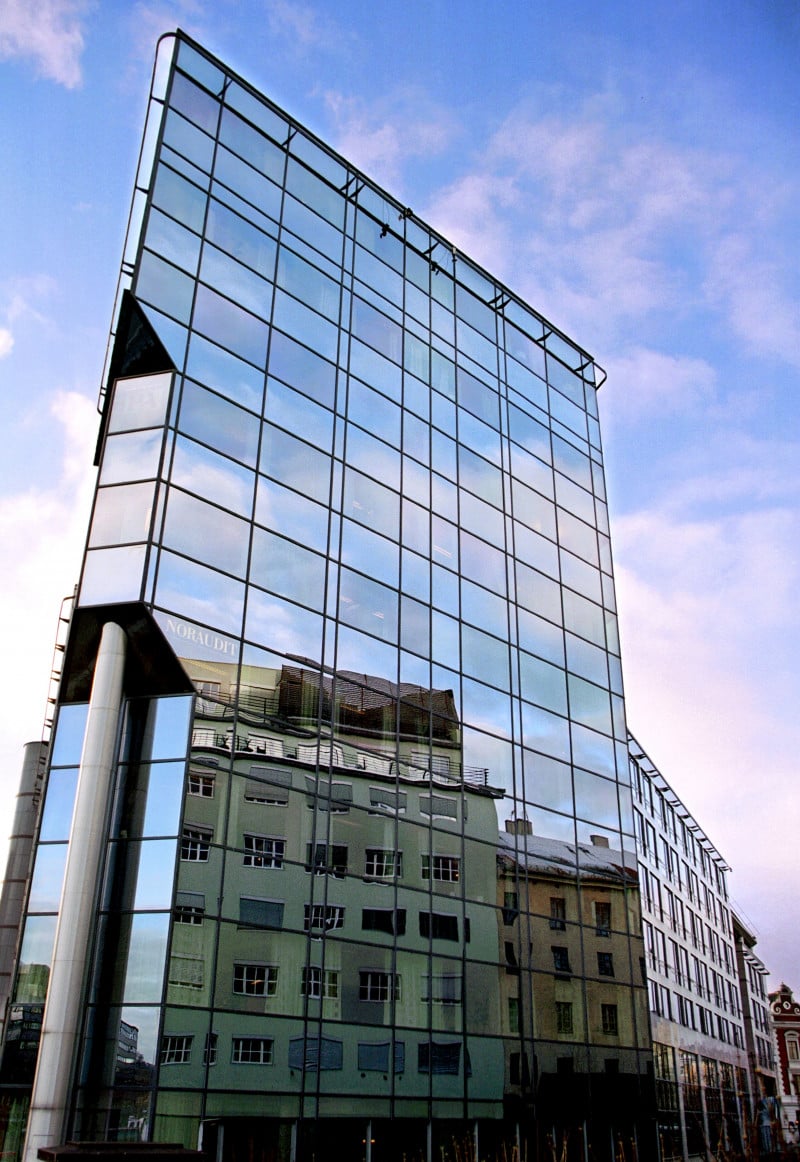
Office building of the Norwegian power company Oslo Energi, acquired by Vattenfall at the end of the 1990s | Year: 1999 | Place: Oslo | Creator: Hans Blomberg | ID: VF000537
The first breakthrough in internationalisation came with the purchase of the Finnish distribution companies Lapuan Sähkö and Hämeen Sähkö in 1994 and 1995. Hämeen Sähkö was Finland's third largest distribution company and the acquisition was a huge success. In order to enter the Danish market, an agreement was signed with Själlandske Kraftverker in 1993 for part ownership of the Avedöre combined heat and power plant and access to trading capacity in the power cable between Denmark and Germany. In exchange, the Danes got Swedish hydro power. Vattenfall also purchased a minority stake in the Danish power company NESA in 1996 and together with NESA formed the sales company Ström A/S. In Norway, shares were acquired in the Hafslund power company at the end of the 1990s, along with a majority stake in the electricity sales company Oslo Energi.
But it was not just in the Nordic and Baltic countries that Vattenfall looked for business outside Sweden. In Eastern Europe, electrical systems needed upgrading after the fall of communism. Vattenfall collaborated with IVO between 1993 and 1996 to change an oil-fired power plant in Poland to lignite using modern purification technology. But financing could not be arranged and the project came to nothing. In the Czech Republic, Vattenfall acquired a stake in a distribution company with nearly 700,000 customers.
Video player requires marketing cookies.
To view this content please click here to allow marketing cookies.
Theun Hin Boun hydroelectric power plant in Laos. Vattenfall's activities and plans outside Sweden in 1995. Vattenfall's CEO Carl-Erik Nyquist
Vattenfall's consultancy firm Swedpower had long been operating in many different countries outside Europe. The knowledge and contacts established led to Vattenfall becoming involved as a partner in a combined gas power plant in Thailand, which was floated in 1995, and a hydroelectric power plant in Laos, which was inaugurated in 1997. In order not to become too dependent on development in Southeast Asia, attention was also directed towards South America. Bolivia's largest power company was acquired as a joint venture with an American company in 1997. Other Latin American countries where Vattenfall had a presence were Brazil and Peru.
Vattenfall's internationalisation thus took many different forms and routes in the 1990s. But when the major purchases in Germany at the end of the last century had to be paid for, virtually everything acquired outside Sweden in the 1990s had to be sold off. Only the Finnish companies were left.
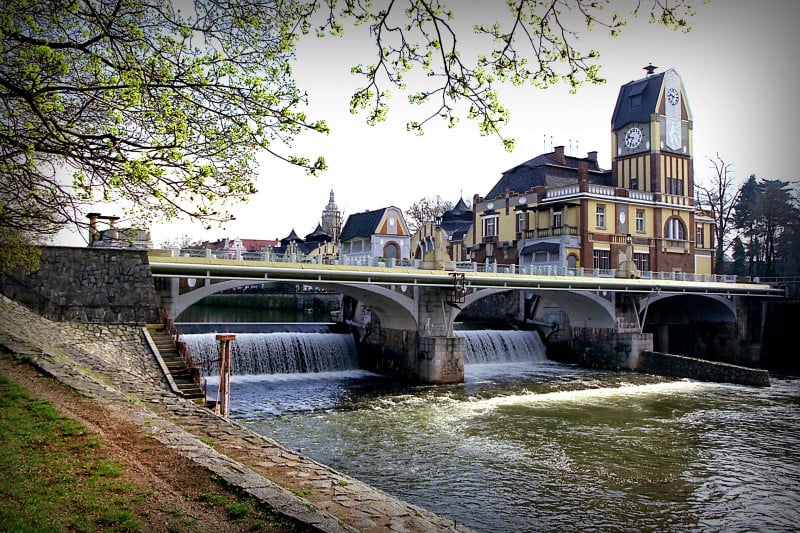
VCE Vychodoceska Energetika | Year: 1998 | Place: Hradec Kralove, Czech Republic | Creator: Hans Blomberg | ID: VF000538
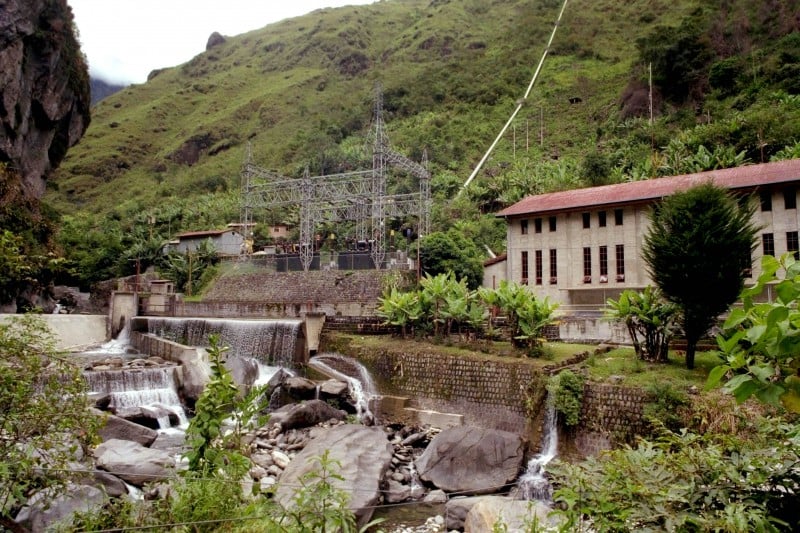
Planta Harca power plant, sitatued in the Zongo Valley Cobee in Bolivia, where Vattenfall acquired the country's largest power company in 1997 | Year: 2003 | Place: Bolivia | Creator: Hans Blomberg | ID: VF000541


